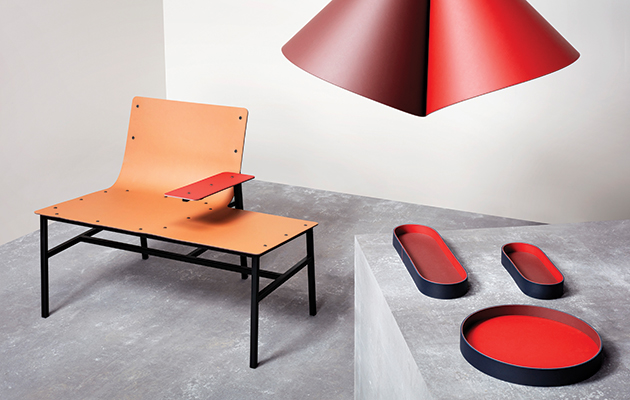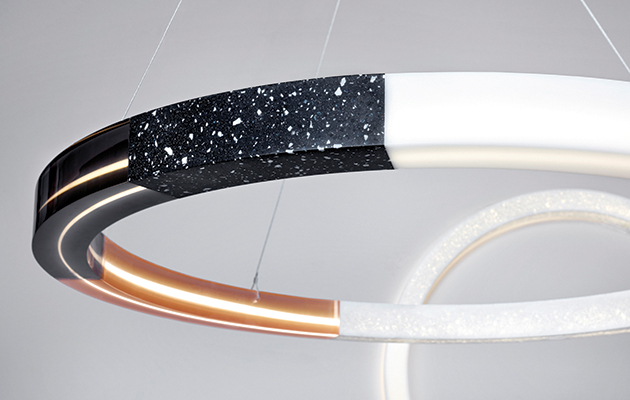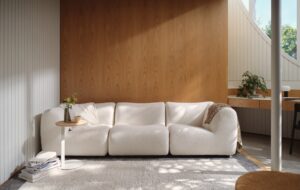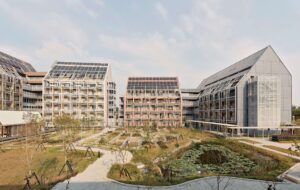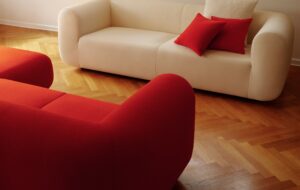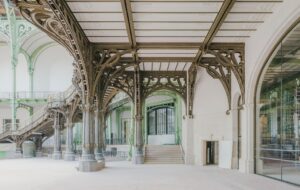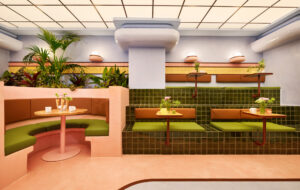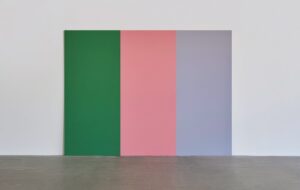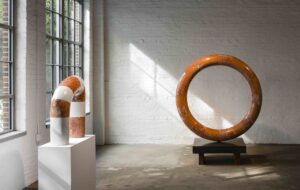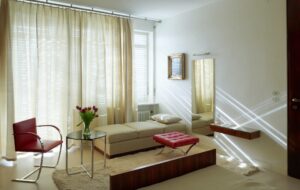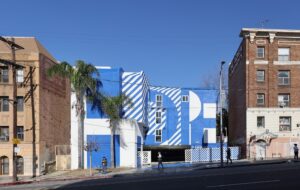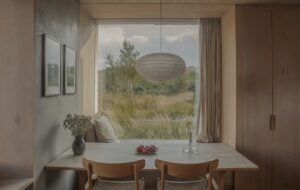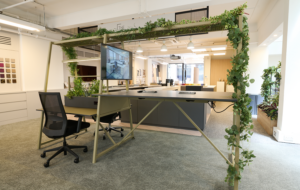|
|
||
|
Baars & Bloemhoff’s intriguing show enjoyed a second outing at Dutch Design Week, with designers once again challenged to find new uses for unsung materials Materials like MDF, wood veneer and linoleum may be the bread and butter of interior projects, but they are certainly at the less glamorous end of the design spectrum. So how do you showcase such utilitarian wares at design festivals, when you’re competing with, say, a dazzling screen of crystals, an optical illusion created from tiles or a majestic arch of hardwood? It’s a challenge that Dutch materials company Baars & Bloemhoff rose to during this year’s Milan Design Week. Transitions, a display of designs that presented some of its range of 2,500 decorative materials in a new light, got so much attention that the curators decided to put together a second edition of the show for October’s Dutch Design Week in Eindhoven. Transitions II is an equally charming collection, with engaging results ranging from David Derksen’s hanging space dividers that make use of the strength and lightness of wood veneer to Rens’s modular building blocks made of black materials with myriad surfaces, textures and tones. For both iterations, designers were asked to use a material in a different manner from its usual application, while also highlighting its inherent characteristics. This occasionally presented challenges. For the Inside-Out cupboard and dresser, Klaas Kuiken sliced into lengths of Finsa GreenPanel – an ultra-light, structurally resilient board composed of a grid of MDF sandwiched between two surfaces – to reveal its inner workings. Exhibition curator Johan van der Meer explains: ‘This material is normally hidden underneath a surface, so we had to make sure the CNC milling was done with mathematical precision to be certain the graphical pattern was realised as intended.’ Meanwhile, Paul Heijnen’s Unity Globe Light – made from 1,080 identical pieces of Finsa Color MDF, each 3mm thick and linked together to form a dodecahedron – had to be assembled by hand because of its complexity. To counterbalance this extravagance, it was designed to ensure that almost no waste was created. The most interesting results were also the ones that used materials in the most unexpected ways. Sabine Marcelis made a series of lights using the solid surface material HI-MACS, playing with different thicknesses, densities and compositions, and combining them with cast resin, to manipulate the quality of light that filtered through. ‘The combination of HI‑MACS and cast resin is an unusual one,’ according to Van der Meer, ‘but it works like magic.’ Finally, Daphna Laurens made the seemingly self-defeating decision to use Forbo Desktop (no prizes for guessing what it’s usually used for), gluing together two layers to create a double-sided, two-tone matt material that was then bended to its limits to form a chair, lamp and set of desk organisers, resulting in what Van der Meer calls ‘an almost leather-like effect’. ‘You see these materials all around you in large interior projects and spaces,’ he adds. ‘But because they are presented in such excess, they usually don’t get noticed. By bringing them back to smaller proportions and removing them from the larger context, we restore focus to the material itself.’ |
Words Debika Ray
Above: The ‘leather-like’ effect of Daphna Laurens’s Everything but the Desktop! |
|
|
Sabine Marcelis combined a solid surface material with cast resin to create lights |
||

